Silence, empty spaces, intense color: that’s why in front of Rothko or you are moved or processed discomfort
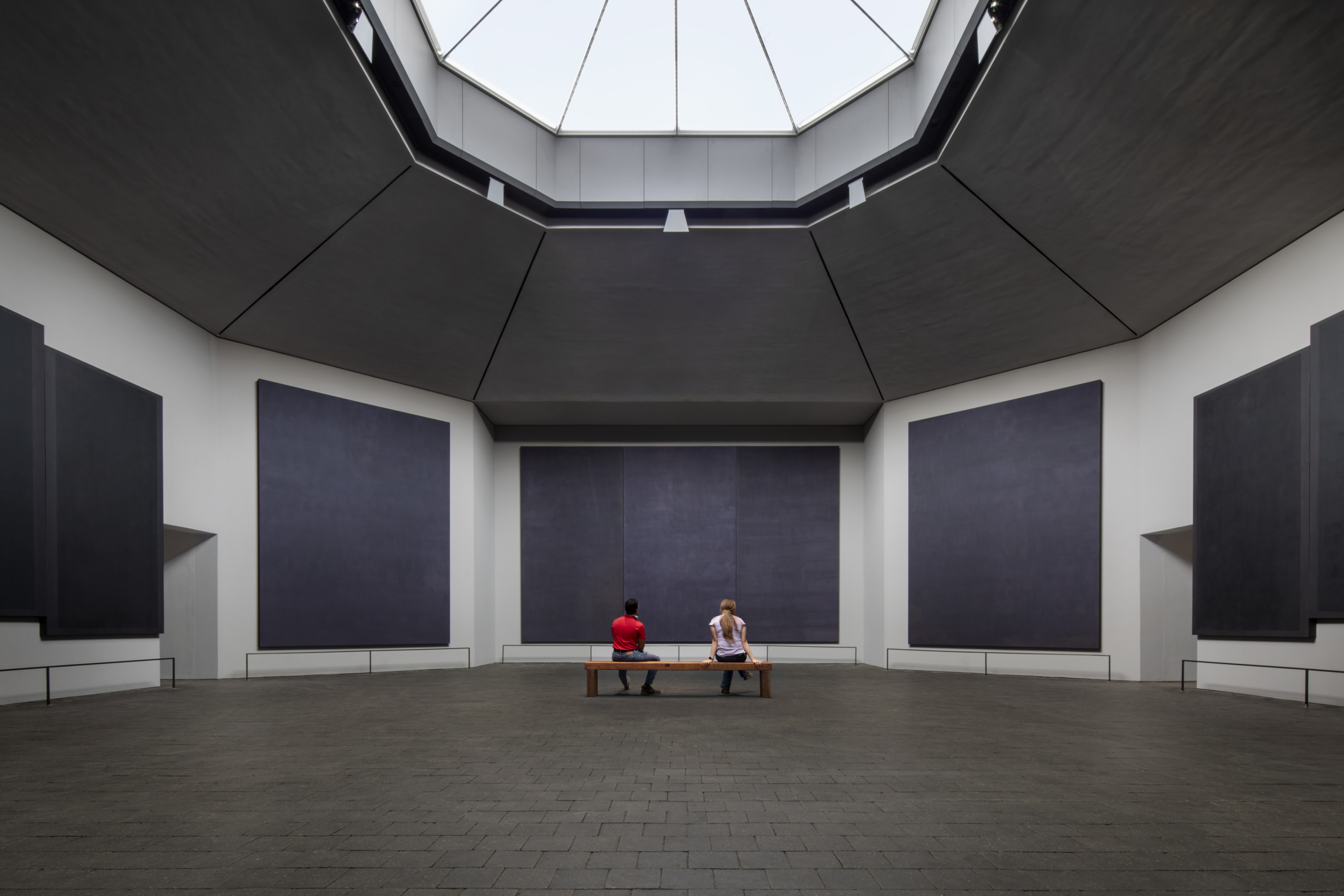
Faced with his works (as he himself said) he felt embarrassment or strong emotion. Because we are no longer used to size without things
In front of Marc Rothko’s gigantic canvases, the range of reactions is essentially reduced to two: embarrassment or emotion. There are those who distract their gaze because its enormous expanses of color without figures, blessed in their autarchy, are incomprehensible and, on the contrary, there are those who stop, « inhabit » the painting, let themselves be dragged into the vast shouts and in the end they cry. Why?
He himself remarked the peculiarity of his works in a letter sent in 1943 to Edward Alden Jewell, senior critic of the « New York Times », written with four hands with Adolph Gottlieb and in response to a pungent article: «We do not intend to defend our paintings. These defend themselves. We consider them crystal clear statements. His inability to leave them or discredit them is a first -hand test that are equipped with some expressive power ». And that « inability to dismiss them or discredit them » Today many of us persists when we predispose in front of one of his canvases, large and made of pure color layered with veils.
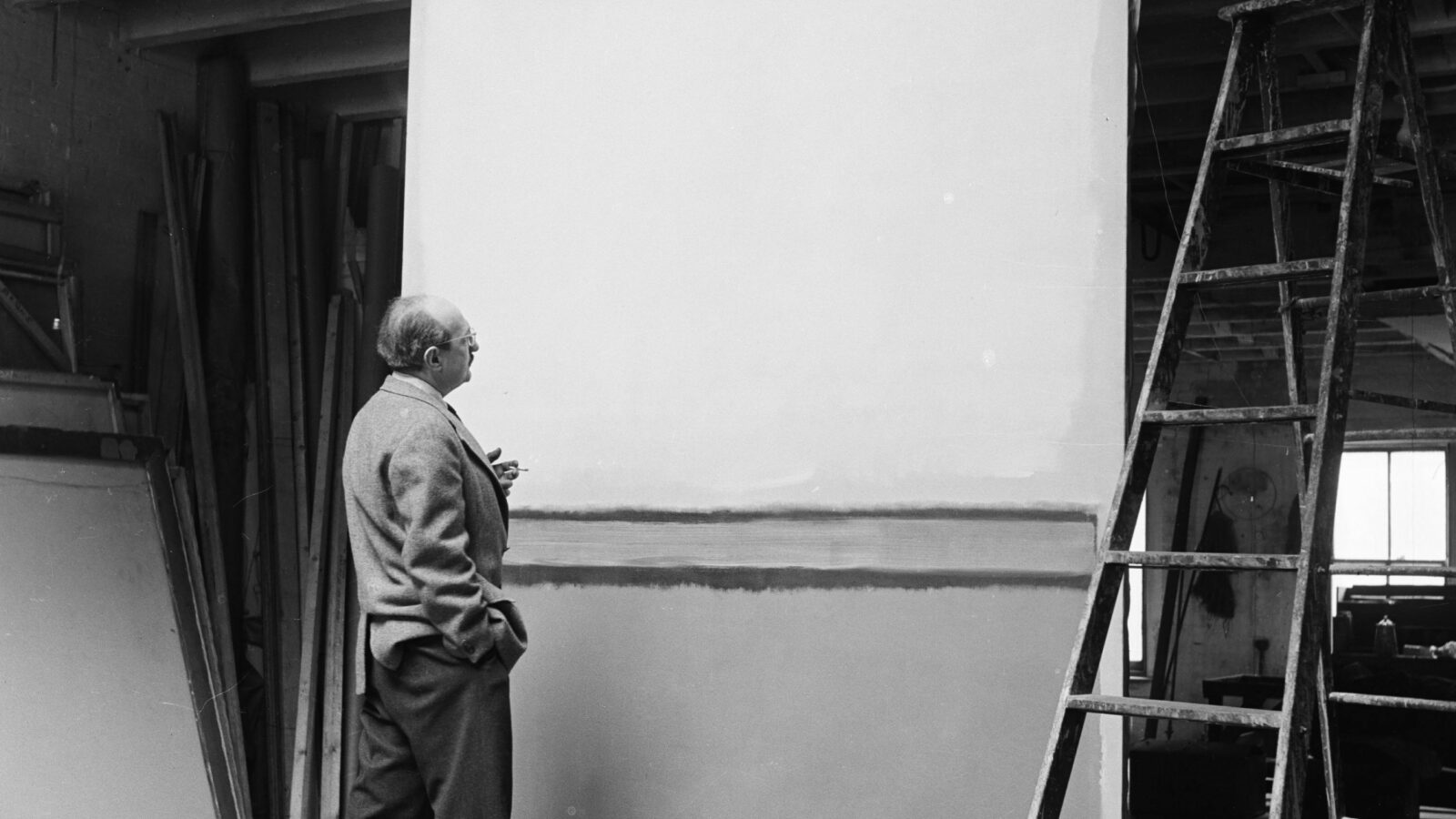
To understand this dualism (embarrassment/emotion) We must enter the life and method of the painter, born Markus Rothkowitz in 1903 in a Russian town, now in Latvia, and only ten years immigrated to the United States. He became an American citizen in 1938, but it is difficult to understand which world it really belonged to. In the 1940s he tried to experiment with a personal painting, made of increasingly fluid figures, such as « Antigone », the picture that aroused the bewilderment of the « New York Times ». Little by little the color began to take over. But not as a tool, but as an existence of the painting, as a heart of the work.
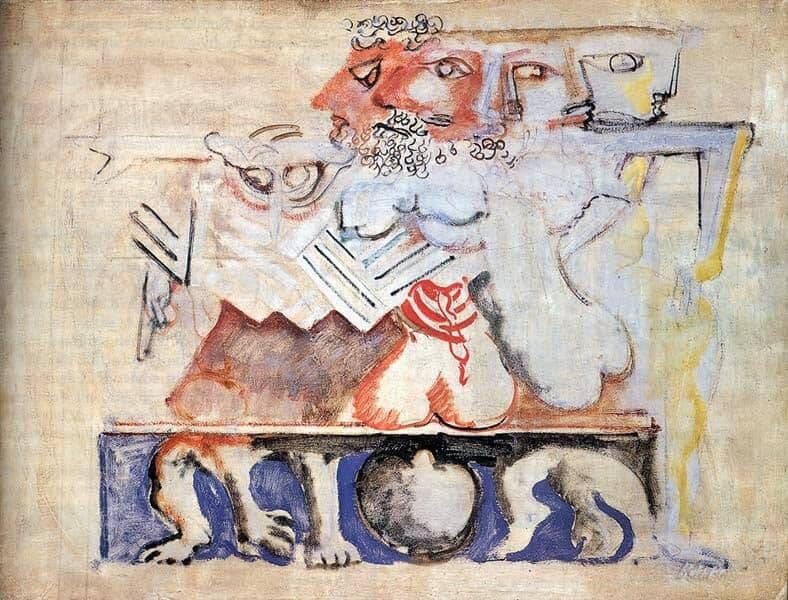
Like an ascetic of color, he began to dry, to remove, to purify. Not only the paintings, but his own life. He began to become Rothko: intransigent, rigorous, spiritual. The figures dissolve slowly, overwhelmed by an invisible but inexorable force, the expanses of oil painting (it is not yet the time of acrylics) they make themselves larger, literally « eaten » the superfluous. Space are made, without apparent rules.
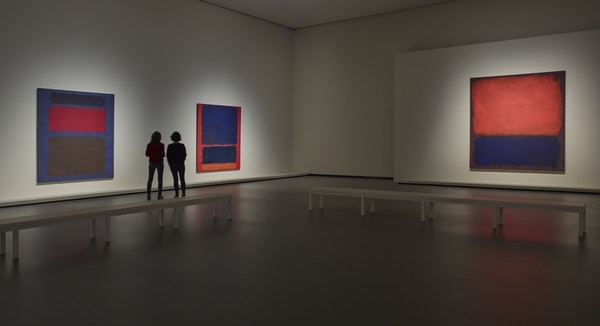
We are in the 1940s and in the United States, abstract expressionism reigns, the prodromes of pop art can already be seen. Rothko remains far from rigid labels, continues his journey towards a purification that at that point had also become personal: he is passionate about myths and ancient cultures, he studied the history of Mesopotamia, returns to his origins And try to understand the techniques and inspiration of icon painters. In the immobility of those figures crystallized over time he finds another key to reading the world: the speed is wagging the sensations. There is no more time to live. What can paint do? Perhaps it can recover that contemplative space that in the flow of days he flattens himself in a desperate escape from the void.
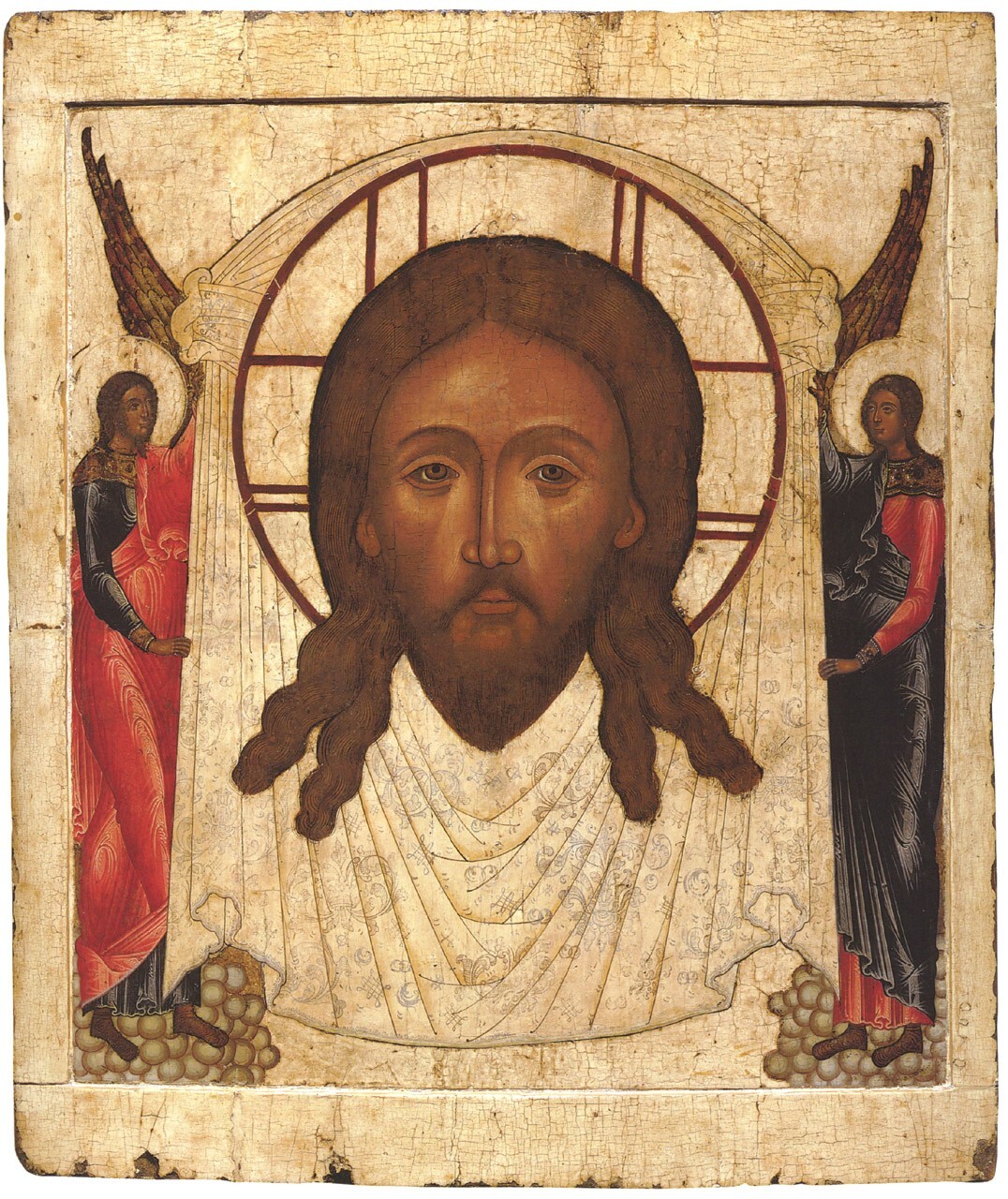
It also understands that abstraction is not only devouring the shapes, but the ancient conception of painting, where the color was fertile, creator of life, not only an embellishment. The color. Here is the knot. Rothko understands that with chromatic intensity you can create a new world, purified by shapes and, at the same time, dense as a picture of Giorgione. In color there is a form of life, they had taught Monet And Seurat.
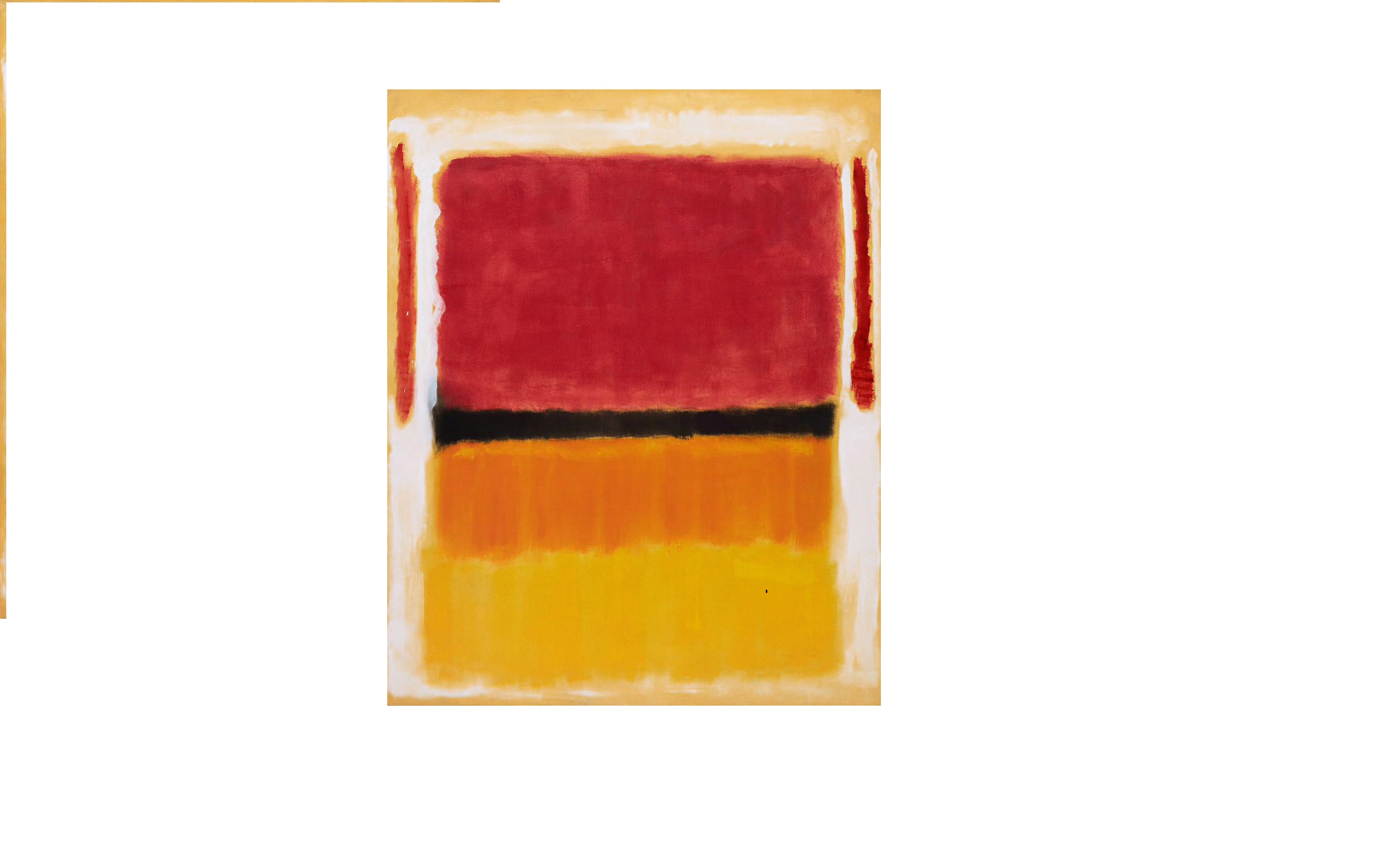
We arrive at 1949 and here is the turning point: With « Violet, Black, Orange, Yellow On White and Red » (today at the Guggenheim in New York) Rothko puts the foundations of his artist future. He is only 46 years old and he does not know that only twenty -one remains. But he knows he found the key: later will decline those shades in dozens of different chromatic intensitiesfrom time to time he will heat or cool those starting points to reach what he has always sought, that is, the fullness of an empty space.
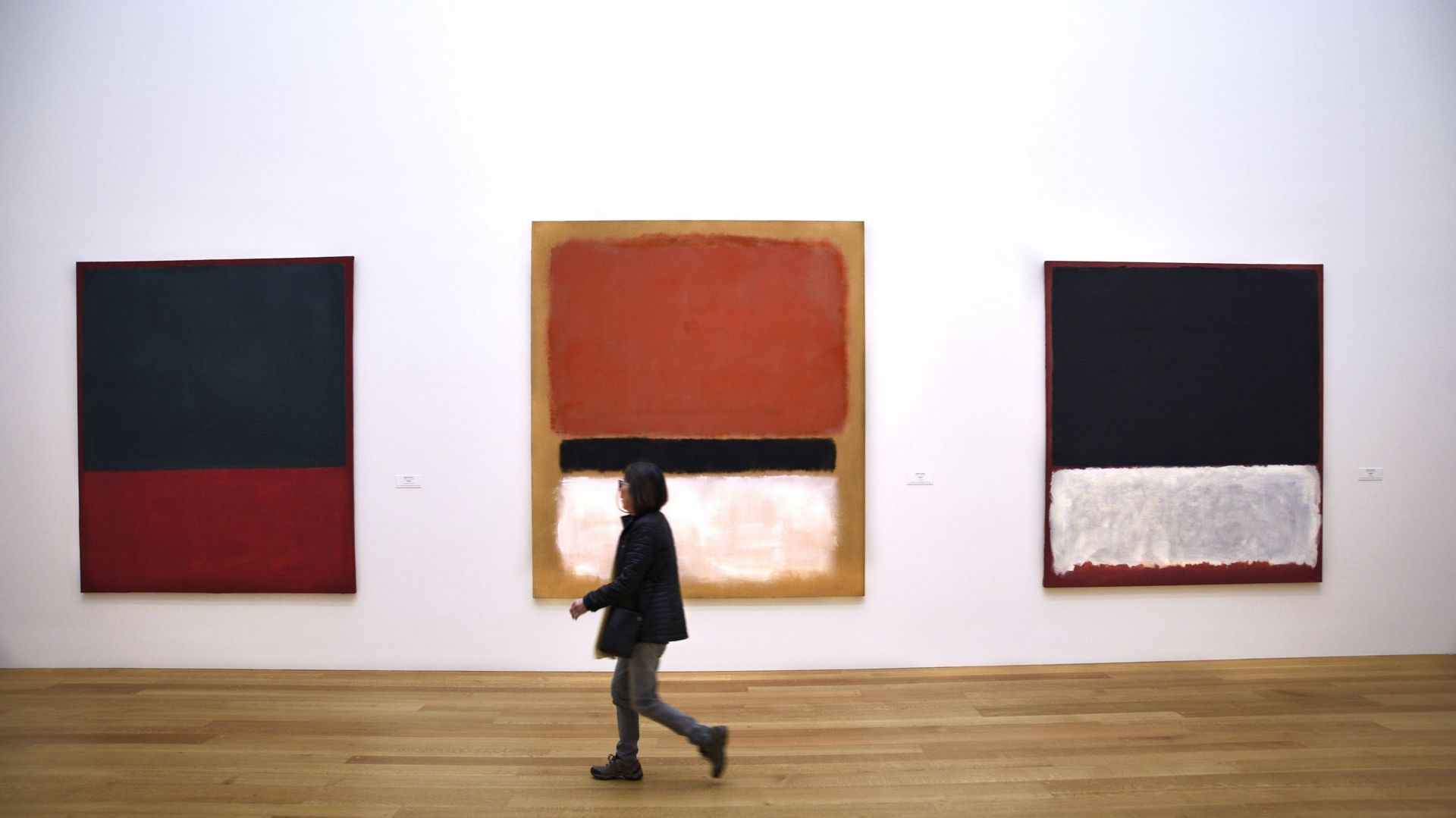
And the circle closes. Those of Rothko are very dense empty spaces, inhabited only by silence. But you have to ask yourself: are we still used to seeing a space that is not filled with things? We look at our everyday life: We can’t even endure to stay ten minutes in the queue without starting to shake the phone. We do not hold up the tail titles of a TV series, because we consider them « empty spaces » and we immediately move on to the next episode. Our lives have become an incessant and eager escape from nothing, when it is precisely in this nothing that life residesas a refined poet teaches us, Chandra Livia Candiani. In his book « Silence is living thing », Candiani approaches the experience of « stopping » to that of mourning. «If you welcome his invitations, his calls to feel death, stop everything, sit or lie down and taste the absence, then it is a gift. If you pretend that you don’t call you, if you fill every moment of distraction, it makes you pieces, shreds of you who are not on the whole of the real changed: updating the file, with this hole that wants space, wants hospitality ». I find that these words are perfect for understanding Rothko: If we stop in front of his paintings, « remain » and taste the absence, then you are hit by a deep emotion that comes to tears. If, on the other hand, you let yourself be seduced by easy impatience and you move annoyed, the embarrassment comes, the discomfort, that annoyance that is sometimes worse than pure and sharp pain. Those who practice yoga know it well: pain and discomfort are two different things. Yoga does not teach to combat pain, but to remain in annoyance. To remain in an uncomfortable position, to make it their own, to make it familiar. And Rothko invites us to contemplate, a practice of which we have now lost our habit.
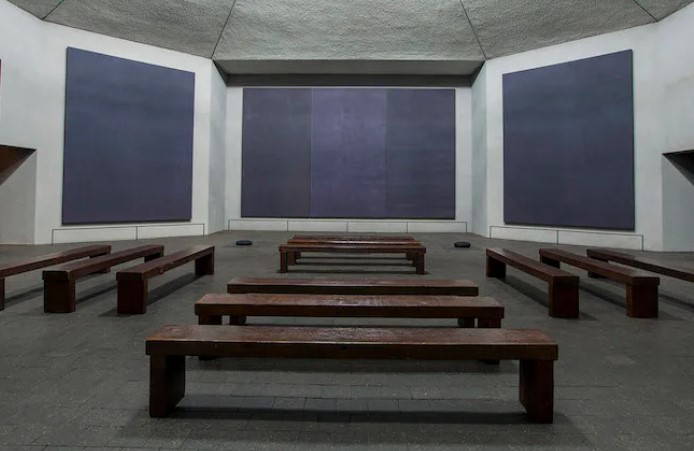
It is no coincidence that his most famous work is a spiritual chapel. What was commissioned to him in Houston, Texas, by John and Dominique de Menil. Circular plant, an octagon registered in a Greek cross, with simple benches to sit and meditate in front of 14 of his works. « Meditating », in fact, don’t « look at ». « Stay », don’t « pass by ». It is in its own works that Rothko traces the instructions for use. For a different use of art and being in the world. Knowing well the risks of this profound knowledge: the life of 1970, never completely American, never completely Russian, never completely twentieth -century, will take place.
rscorranese@corriere.it

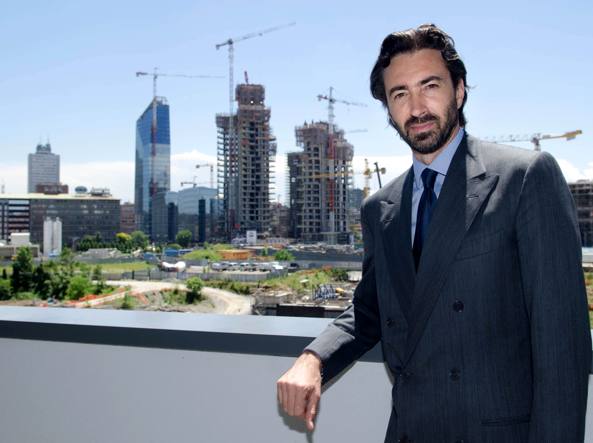





:format(webp)/s3/static.nrc.nl/wp-content/uploads/2025/06/14150800/data133577503-6b2373.jpg)
